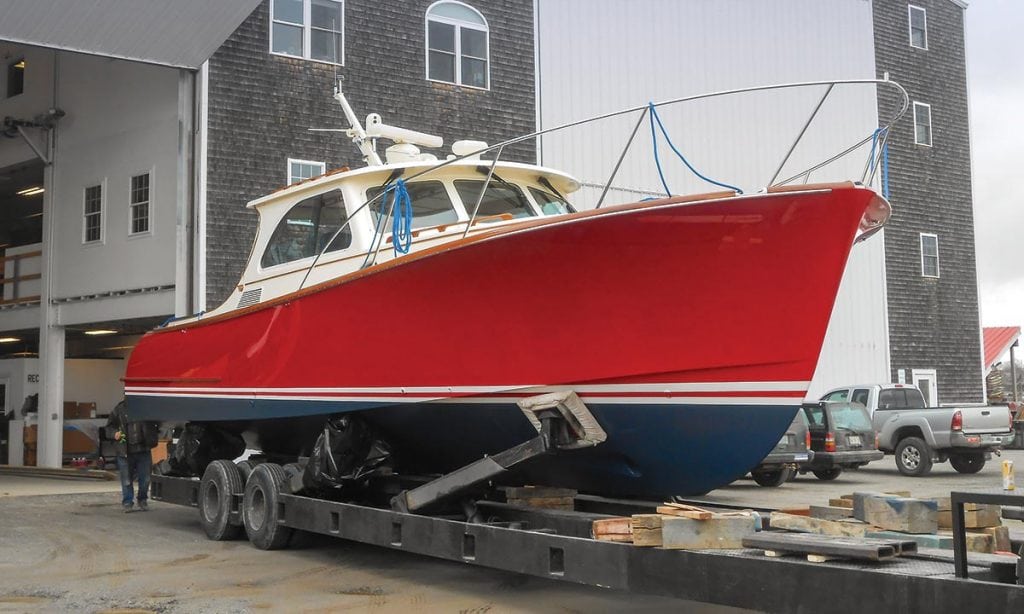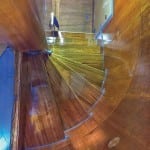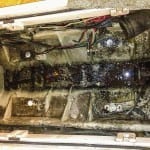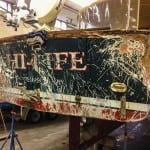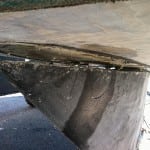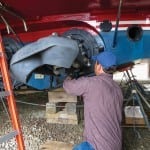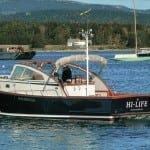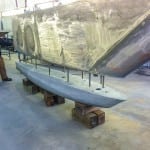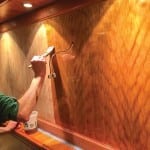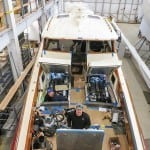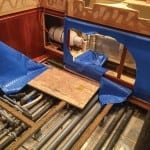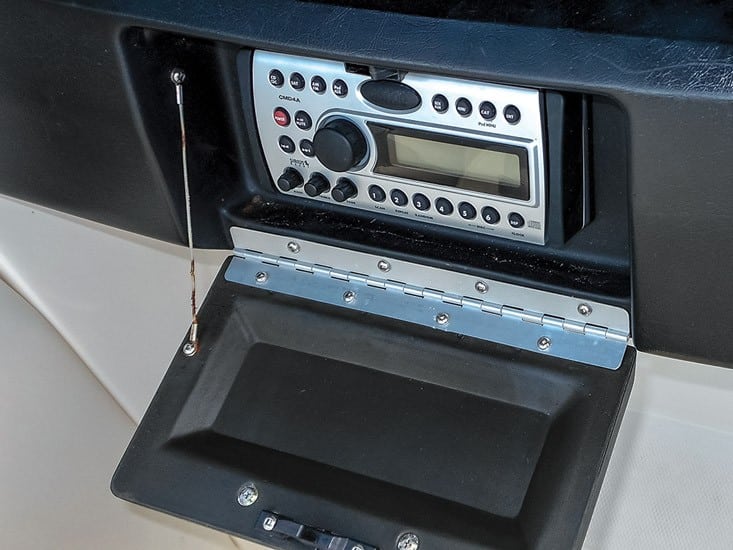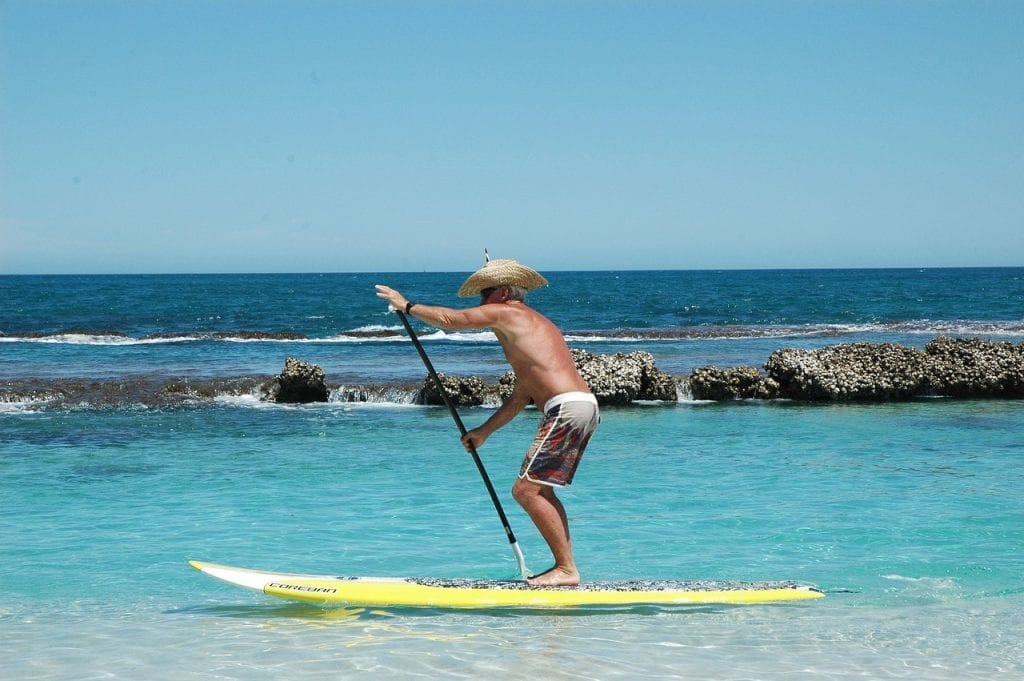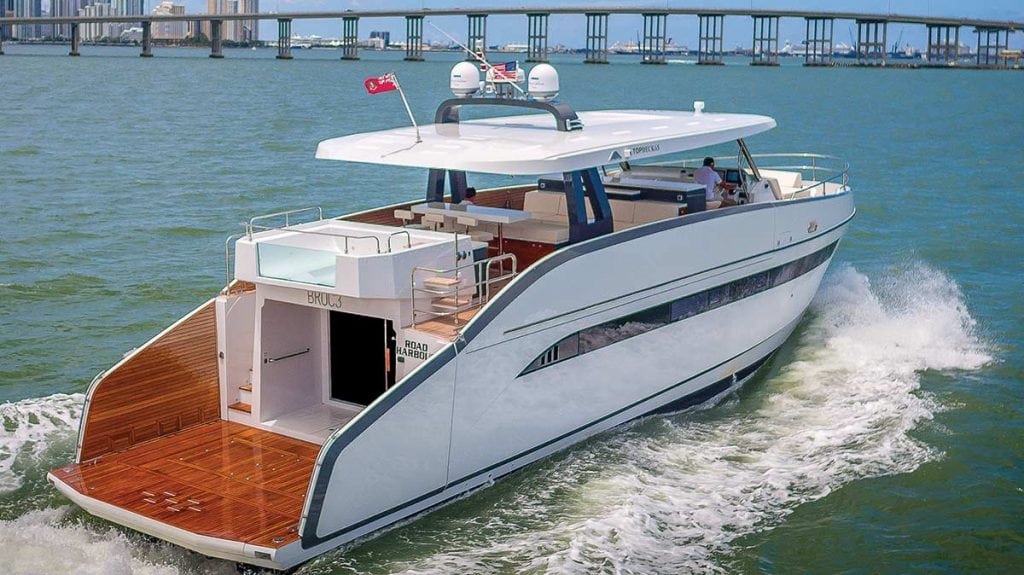Hard work, dedication and patience give boats a second wind and owners a chance to keep cruising the waters at their helm.
Perhaps it’s old age or the aftermath of some misfortunes. Perhaps it’s the yearning for an upgrade or the wish to have something truly unique. Whatever it may be, there comes a time in the life of a boat where a refit is in order. It’s a labor of love that teams boat owners with top-of-the-line shipyards to bring new life to vessels. These are four of their stories.
Asha
When Keith Mortensen bought Asha, a 90-foot Palmer Johnson motoryacht in Palm Beach, Florida, in August 2014, he knew what he wanted. An experienced cruiser, he had taken his 73-foot Outer Reef up and down the East Coast and from The Bahamas to the Canadian Maritimes. Now he was looking for an even larger yacht for longer voyages. Asha seemed just right. In fact, she had already gone around the world. “It was a proven bluewater boat,” Mortensen said.
But Asha, built in 1992, was also in need of a refit. “She was fine if we just wanted a marina queen,” Mortensen said. “But we wanted an expedition yacht. We use the boat.” Mortensen had heard about the major refit that Front Street Shipyard in Belfast, Maine had completed three years ago on Stoneface, a 106-foot Burger built in 1978, and he made some phone calls. Soon, he, too, was headed for Front Street.
Front Street was founded in 2011 by four experienced Maine builders under JB Turner, formerly of Lyman-Morse, on a six-acre property with 1,500 feet of waterfront in downtown Belfast. The yard has grown to become one of the largest yacht facilities in New England, with 110 workers, a 485-ton hoist, a 165-ton Travelift, and the capacity to work on yachts up to 200 feet. In 2013, the Boat Builders and Repairers Association named Front Street the Boatyard of the Year. A custom builder, boatyard, marina, and service facility, Front Street has the capability to do everything—composites, carpentry, metalwork, coating, finishes, fabrication…whatever—which was very appealing to Mortensen.
To prepare Asha for extended cruising, the yard replaced all the hydraulic fittings and hoses, refurbished the shafts, flexible couplings and props, added a stern thruster, rebuilt every single pump, rewired the electrical panel, cleaned and recoated the water tanks, upgraded the electronics, and added redundant systems. To make living aboard more pleasant, Front Street put in a new teak and holly sole in the galley, built a new set of teak spiral stairs, installed new granite countertops in the galley and the master head, new stonework in both showers, a heated tile floor in the master head, varnished the wood headboard and countertops in the owner’s cabin, and updated the appliances.
Asha was at Front Street for six months, and Mortensen drove up from Portsmouth, New Hampshire, every week. “When it was all done, I actually was sorry to be leaving the yard,” he said. “That’s the highest compliment I can give. And the quality of all the work is phenomenal. The boat’s beautiful.”
His advice for other owners thinking of a refit? “Plan on spending more than you think. When you start tearing things apart you don’t know what you’re going to find. But building a new boat from scratch would be far more expensive and it would take at least two years. A refit is faster and less expensive.”
Front Street Shipyard
Belfast, Maine
(207) 930-3740;
frontstreetshipyard.com
Laissez Faire
It’s hard to think about ordering a major refit for a Hinckley. After all, Hinckleys are pretty nice to begin with. But even Hinckleys get old, and after a while an owner might want to update things a bit.
The owner of Laissez Faire, a Hinckley Talaria 40, knew just what he wanted: a boat that didn’t look like and that would be faster than any other Hinckley. The experienced owner knew just where to go: Lyman-Morse Boatbuilding Co. in Thomaston, Maine. Lyman had taken care of all his other boats and had repainted Laissez Faire’s hull a head-turning Awlgrip Vivid Red, with a double white boot stripe in the spring of 2014. But the owner uses his boats, and he wanted to take longer cruises on the Hinckley, perhaps up to the St. Lawrence and the Down East Loop, so he entrusted Lyman with a complete refit.
On the waterfront at the protected top of the St. George River, Lyman-Morse is a well-established Maine stronghold that can do everything from new builds to refits including fabrication, painting, carpentry—just about anything you’d need. With Laissez Faire, the owner’s charge was to upgrade the boat mechanically “from soup to nuts,” said Ted Smith, the Lyman-Morse service manager.
The boat was built in 2004, and its twin 440-hp Yanmar diesels had 1,000 hours. “I was worried about the engines running into some issues,” the owner said. “Age wears parts like belts, hoses, fluids, and filters. When that occurs there may be mechanical areas of the engines which suffer but go undetected until they fail.” He also wanted to add 3 knots to the boat’s top speed of 33 knots.
The yard sent the engines to Billings Marine for a rebuild and servicing. Lyman installed larger fuel lines from the tanks to the engines to add rpm. While the engines were out, Lyman gel-coated the bilge, rebuilt the drive shafts, upgraded the air conditioning system, sprayed Micron Extra finish (used mainly on race boats) on the bottom, serviced the Hamilton water jets, repainted the engine boxes, rebuilt the black water system, took all the hardware off the boat for refreshing, installed new vinyl, and put LED lights under the cockpit coaming.
For his part, the owner is more than happy with the results. The boat hit 35.9 knots when it left the yard. “The people at Lyman have always displayed an unlimited degree of expertise and they take huge pride in their work,” he said. “They do a fantastic job.” His advice for other owners? “Get a great yard who you trust to do the work. And don’t cut any corners on the refit. The biggest costs have already been spent anyway, so in the long run you are only hurting yourself.”
Lyman-Morse Boatbuilding Co.
Thomaston, Maine
(207) 354-6904;
lymanmorse.com
Hi-Life
To a large degree, what happened to Hi-Life, a Wilbur 34, represents every boat owner’s worst nightmare. In the midst of Hurricane Sandy, Hi-Life sank at its dock in Staten Island, New York, its bow pointing up in the air, its stern submerged, resting on the hulls of two other boats that had sunk first.
“It was as dismal a sight as you’d ever want to see,” said John Swedberg, who had bought Hi-Life six years earlier. “The water was muddy and the engine room was awful. The boat sat there for 19 days before it was cleared away. The insurance company declared it a total loss.”
Swedberg and his wife Jean didn’t want to walk away from boating. He had just sold the marina where they kept the boat a few years earlier and had planned to use the Wilber as their retirement boat to fish for stripers and cruise the Jersey Shore and Long Island Sound. And they loved Hi-Life, a classic 1996 Wilbur 34 Downeaster soft-top express with a single 350-hp 3116 Cat diesel. “It was in impeccable shape,” Swedberg said. They could have used the insurance money to buy a new boat, but what they wanted was their old boat put back together again, so they bought Hi-Life back from the insurance company.
The Swedbergs had already attended a Wilbur owners’ rendezvous at the factory in Southwest Harbor, Maine, where they had met Wilbur president John Kachmar, his wife Ingrid, and his father-in-law Lee Wilbur, who started the company in 1979. “I liked all the Wilbur people,” Swedberg said. “I know they build great boats.” In fact, the 34 is Wilbur’s most popular boat having built 71 of them to date.
“The biggest challenge was where to begin,” Kachmar said. The mud and exterior damage was extensive. Just looking in the engine room was a bit overwhelming at first. Every wire, pump and piece of insulation had to come out so we could start fresh. It actually was a fun project once we got the mud out of it.”
The Swedbergs drove up to the factory three times while Hi-Life was being rebuilt. “We loved being part of the process,” Swedberg said. Once they did get the mud out, Wilbur put in new equipment, including a 460-hp Cat C7, tanks, transom, hoses, shaft, prop, canvas, batteries, Awlgrip for the hull, varnish, bulkhead in the engine room, soundproofing, electric panel, and the work list goes on. When the factory was done, Kachmar drove the boat down to Staten Island to deliver it personally to the Swedbergs, who were delighted. “It’s better than when we bought it. John Kachmar has been wonderful to us,” Swedberg said. The day I spoke with the Swedbergs, they had just returned from a Florida vacation and planned to take High-Life out the next day fishing for stripers.
Wilbur Yachts
Southwest Harbor, Maine
(207) 244-5000;
wilburyachts.com
Diva
Chris Ware certainly knew what he was getting into when he bought Diva, a Deerfoot 62, in Fort Lauderdale, Florida, in November 2012. He’s been sailing since he was five, comes from a sailing family and his uncle is a surveyor. “He went all over the boat,” Ware says. “He even put a camera in the keel.” He found problems, but it wasn’t until Ware and his wife Jenn sailed Diva back home to the Boston area and pulled her out of the water that they realized how bad the problems had become. There was a one-inch hole in the bilge. Time for a refit.
A fast, flush-deck performance cruiser with a long waterline and fairly narrow beam, Diva had already completed a three-year circumnavigation. Launched in 1986, she was one of four Deerfoot 62s built at the Scania yard in Finland. Two had stainless steel keels; two (including Diva) had mild steel keels. The Deerfoot line was conceived by Steve Dashew; Diva was designed by Ulf Rogeberg of Denmark. Ware learned that Diva’s mild steel keel sister ship had already been repaired by Hodgdon Yacht Services in Southport, Maine, just outside Boothbay Harbor. “They knew the boat,” Ware said, “so we had a level of comfort. Plus we saw the capabilities and the scope of the yard.”
Hodgdon is indeed capable. Founded in 1816, it claims to be the oldest boat builder in the U.S. and has built everything from tenders to megayachts. In June 2014, it took over the Boothbay Region Boatyard in Southport and Wotton’s Wharf in Boothbay Harbor and added them to its existing shipyard to East Boothbay. A new division, Hodgdon Yacht Services at the Southport yard, expanded into the refit and service business. Sandy Spaulding, the former president of Hinckley Yachts, now runs it.
“Diva was a big and complicated project,” Spaulding said. “We had to ship the lead for the keel from Massachusetts and work with the naval architect in Denmark, and give the boat a major systems upgrade.” John Vinal, service manager for Hodgdon Yacht Services, explained that the keel had developed corrosion, which affected the fuel and water systems. Rogeberg designed a stainless steel replacement keel to keep fuel and water in the casing but moved the 10,000 pounds of lead ballast outside of it, a complex process. “With plumbing fittings for the fuel and water system on top of the keel’s casing, there was a total of 63 through-hull penetrations that had to line up to lower the hull onto the casing,” Vinal said and added that nearly every system on the boat received some sort of maintenance work. Hodgdon also added 1,000 amp hours to the battery bank, peeled the whole bottom to reduce condensation and spruced up the rigging.
Once Hodgdon was done, the Wares sailed Diva back to Massachusetts at the end of May, ready for summer cruising. “But this is just stage three of a five-stage project,” Ware said. Next up is an engine refit and after that the interior.
Hodgdon Yacht Services
Southport, Maine
(207) 633-2970;
hodgdonyachtservice.com
By Peter A. Janssen – Southern Boating Magazine, August 2015


